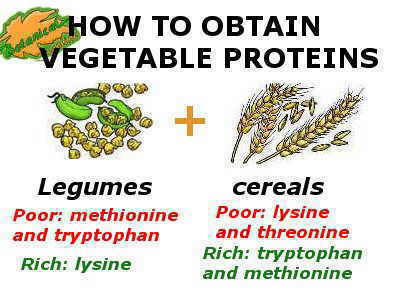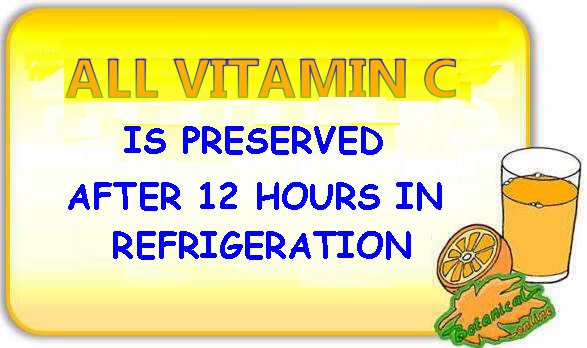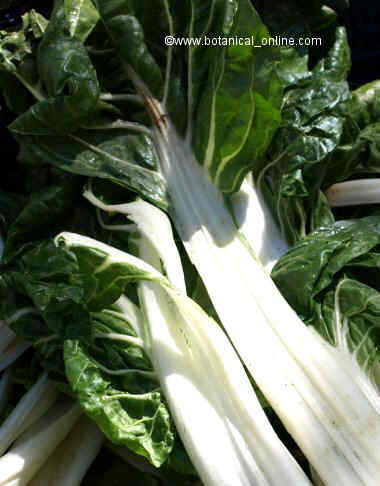Contents
- 1 How can vegetarians obtain the essential amino acids
- 1.1 VEGETARIANISM: ESSENTIAL AMINOACIDS
- 1.2 Essential amino acids for vegetarians
- 1.3 What are essential amino acids?
- 1.4 How many amino acids are essential?
- 1.5 Essential amino acids are:
- 1.6 OBTAINING VEGETABLE PROTEINS: FOOD COMBINING
- 1.7 How to combine the essential amino acids?
- 1.8 Which are the limiting amino acids in plant foods?
- 1.9 What is food combining?
How can vegetarians obtain the essential amino acids
VEGETARIANISM: ESSENTIAL AMINOACIDS
Essential amino acids for vegetarians
Any kind of diet, if not done in a balanced, varied way, with an organized structure, which does not contemplate any possible lack of nutrients, can generate inadvertently nutritional deficiencies.
The important nutrients, and, in some cases, the essential ones, if not properly provided, can bring nutritional deficiencies being a risk factor of multitude of problems, disorders and diseases, unnecessary and avoidable with a proper nutrition.
One of the more usual shortcomings in vegetarian diets is not to provide all the essential amino acids necessary for our body.
What are essential amino acids?
They are amino acids that our body can not synthesize by itself and require to be acquired through food. If the diet we does not contain all the essential amino acids, some deficiencies can appear very harmful to our health.

Meat and eggs are rich in proteins
One of the alleged problems with the vegetarian food is the need to cover the necessary amino acids to form proteins. Other non-vegetarian food such as eggs or meat, are very rich in essential amino acids
To avoid this situation we must learn how to combine plant foods to get all the essential amino acids and to know which are the limiting amino acids.
How many amino acids are essential?
To obtain the necessary protein to meet our needs without creating a nutritional deficiency and its consequences, we must take from food the 8 essential amino acids.
In the case of children in stages of growth, there is one more essential amino acid, That’s to say, they need 9 amino acids.
There is an essential amino acid called histidine, which in adulthood is no longer essential because the body can synthesize from other amino acids.
Essential amino acids are:
As their name implies, they are essential and, therefore, they should be part of our diet.
The problem arises when our diet eliminates foods such as meat, fish, eggs, milk and dairy products that are considered food with complete proteins because they contain all the essential amino acids.
In case of this, we need to take a compensatory action.
A compensatory diet is that one that, by means of a combination of foods that have not been discarded, we are able to acquire all the nutrients required and necessary. That is, if we eliminate a food that gives us a necessary nutrient, we contribute it with other foods or by combining several of them.
OBTAINING VEGETABLE PROTEINS: FOOD COMBINING

Combining foods of different food groups, like legumes and cereals, to obtain proteins in a vegetarian diet
How to combine the essential amino acids?
In a vegetarian or vegan diet food combining is the key to provide all the essential amino acids. If the combination does not succeed, the diet can cause nutritional deficiencies.
This is because we do not eat animal foods and other products we get from them, containing all essential amino acids. Animal foods are considered to posses “complete proteins”. In contrast, plant foods are formed by “incomplete proteins”, meaning that they lack some essential amino acids.
The essential amino acids that a food lacks or contains in very low concentrations are called the limiting amino acids.
Which are the limiting amino acids in plant foods?
The amino acids that cost more to get and that are considered limiting amino acids should not cause any nutritional deficiency, or affect our health, since they should be easily provided combining several plant foods.
The limiting amino acids in plant foods are those which are hardly found. For example, cereals are poor in lysine and threonine, but they are rich in tryptophan and methionine. Therefore, the limiting amino acids of this group of food are lysine and threonine.
In contrast, legumes are low in methionine and tryptophan, but rich in lysine, thus, methionine and tryptophan are the limiting amino acid of this food group.
What is food combining?
Food combining is based precisely on properly combination of different food groups in order that the nutritional deficits faced by some groups can be solved by other food groups.
That is, if we, for example, consume and combine well in our food cereals with legumes, we will not have the problems caused by some limiting amino acids, since cereals will provide the tryptophan and methionine legumes are lacking, whereas legumes can provide the lysine the cereals do not provide.
Moreover, although it is not necessary to consume the different food groups together in the same meal, however we must not leave more than 3 hours from one group to another.
![]() More information on problems in vegetarianism.
More information on problems in vegetarianism.








